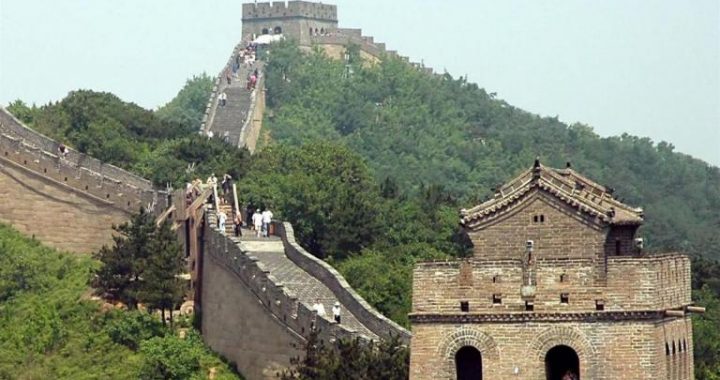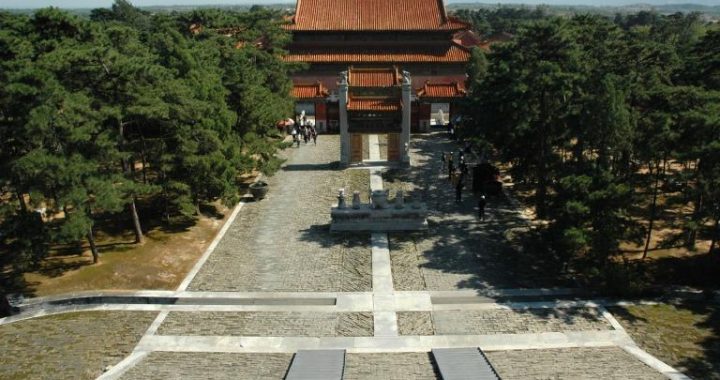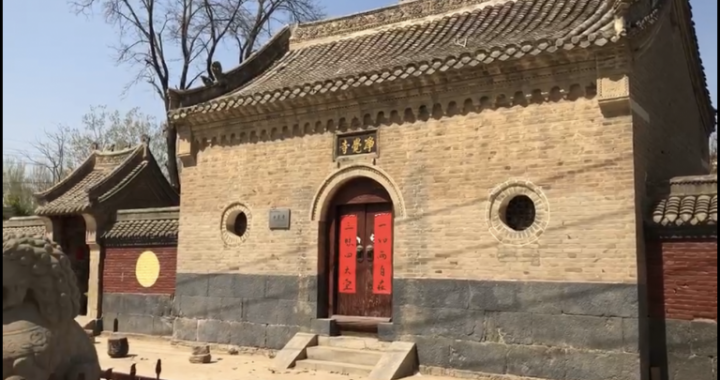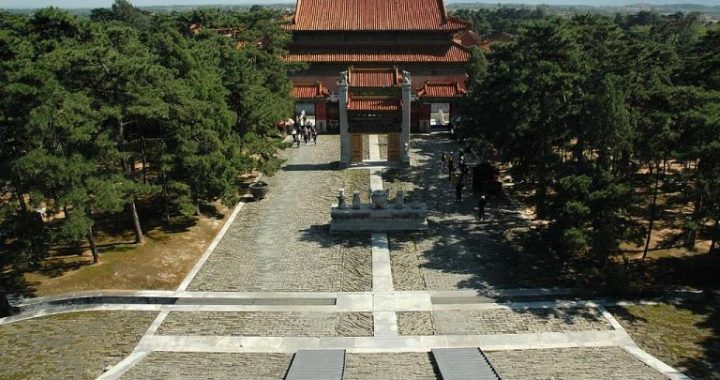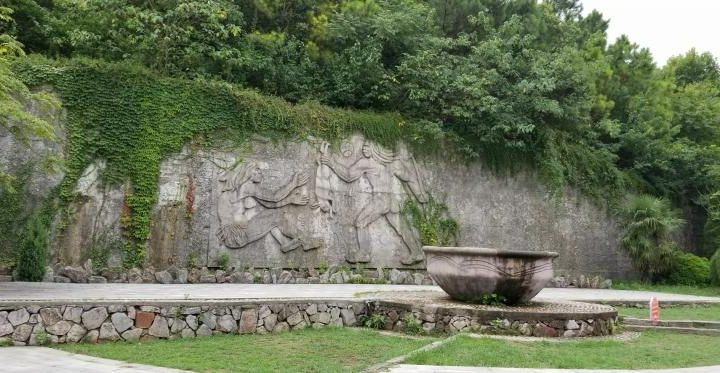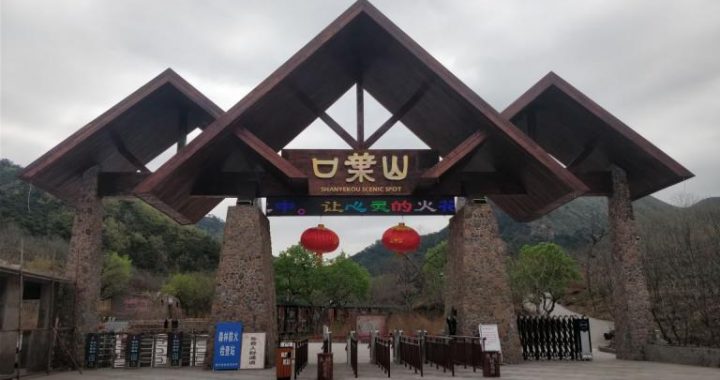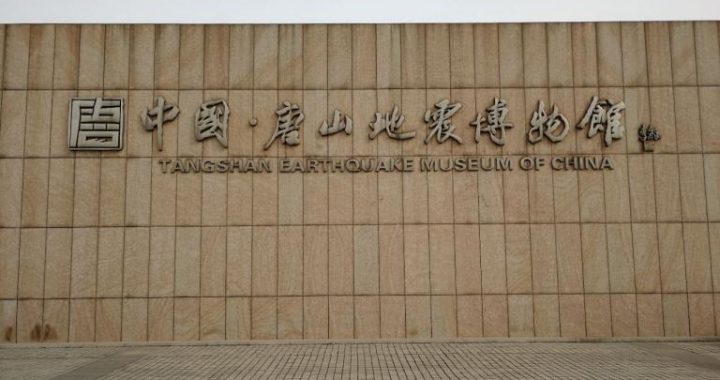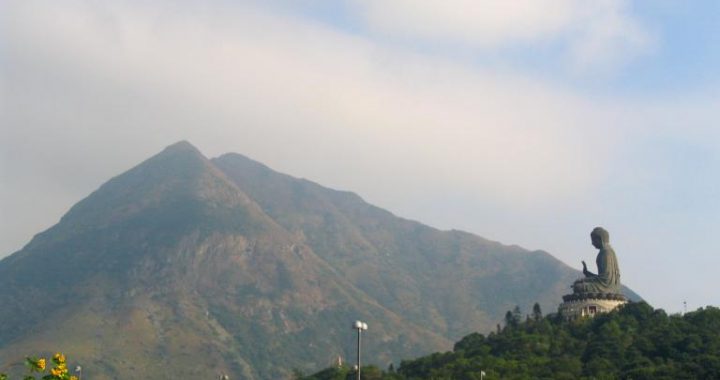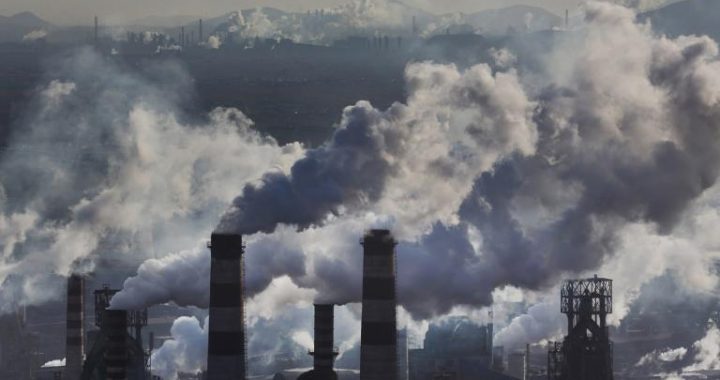The origins of the modern coal mine of Tangshan
3 min readThe city of Tangshan marks a brilliant start to China’s modern industrial civilization. When the first gleams of the Western industrial civilization shed light on China. Tangshan established the sky-lines for China’s modern industrialization.
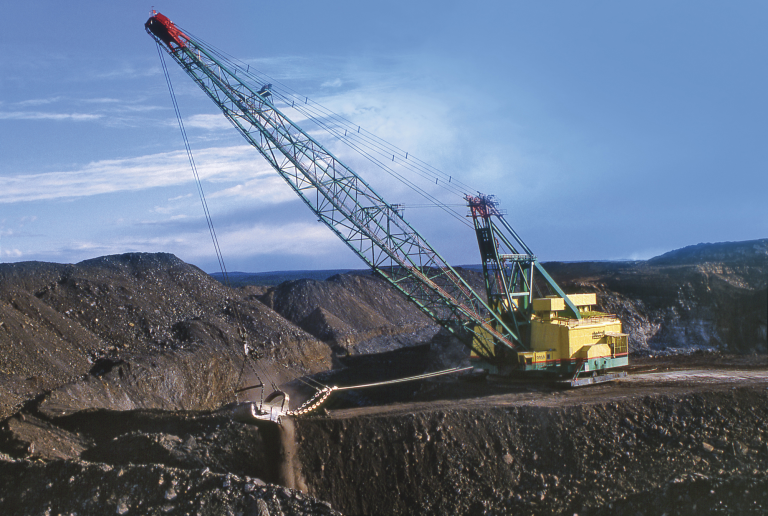
In 1878, Tangshan excavated the first machine-mining shaft in modern China. Since then, many”firsts”in modern Chinese industry were born in Tangshan. The city hosted the beginning of the mod-ern mining industry, modern traffic and the modern transportation industry. In 1876, as coal produc tion failed to meet the demands of industry, Li Hongzhang, minister of Beiyang(North) and governor of Zhili(Hebei), summoned Tang Tingshu, director of Shanghai Merchant Steam Ship Bureau, from Shanghai to Tianjin and asked him to prepare for the establishment of Kaiping Mines.
On November 3,1876, the day after receiving the orders from Li Hongzhang, Tang Tingshu went to Kaiping to prospect the coal belt. On November 14, Tang wrote a detailed report to Li Hongzhang who greatly appreciated Tang’s incisive analysis and suggestions. In 1877, after careful consideration and balancing the pros and cons, Li Hongzhang approved Tang’s proposal to open the mine.
On July 24,1878, the Kaiping Mining Bureau was officially set up in Kaiping Town. Afterward, Tang Tingshu conducted fundraising activities in Tianjin, Shanghai and Hong Kong. At the same time, Tang took several mining technicians hired from Great Britain and some artisans from Guangdong to Kaip-ing to prospect coal mines. After repeated comparisons, he decided to drill the first shaft of the Kaiping Mining Bureau southwest of Qiaojiatun,20 kilometers west of Kaiping. This is the Shaft No.1 of Tang-shan Mine, which is still in use.
In several months, the head frame, workshops, hoist house, shelter and brick house for foreigners and office rooms were set up on the wild land at Qiaojiatun. Tang Tingshu named China’s first mod-ern mine Tangshan Mine. At the same time, he also prepared a name for the soon-tobe-rising city: Tangshan.
In autumn 1881, Tangshan Mine began to produce coal. It not only inspired China’s coal mining industry, but also surprised the Western powers that looked down upon China. European and American experts who visited the mine said:”The Tangshan Mine can be on a par with the mines in the UK and other places in the world in terms of its head frame design, architecture and materials.”
After that, the high quality but inexpensive coal from Kaiping filled the market in North China in less than one year and met the rising demand for coal. In 1888, Tang Tingshu decided to buy four steam ships and repair or build coal harbors in Tianjin, Tanggu, Shanghai, Niuzhuang(Yingkou) and Hong Kong. He also opened another mine, Linxi Mine, showing a grand view of two large modern mines producing coal and water and land transportation for sale.
Tang Tingshu also established a set of regulations and management rules for modern enterprisesfor the Kaiping Mining Bureau. These regulations have more than articles involving workers, managers, technicians’ responsibilities and rights, various operational rules, fine deductions and safety measures. All these ensured the orderly operation of the coalmine and showed the vitality of modern industry.
Under the excellent management of Tang Tingshu, the annual output of the Kaiping Mining Bureau reached 240,000 tons in 1885 and about 800,000 tons in 1898, taking a lead in China. Coal from Kaiping soon squeezed out imported coal from the Tianjin market. On Sept.21,1889, the newspaper Jiebao noted:”In the past five to six years, among China’s shareholding companies, be it in mining industry or other industries, there has been no manager in China who has gained such a success.”When commenting about the Chinese Westernization Movement, one British reporter said:”In the aspect of coal exploitation, the only success is the Kaiping Mine”.
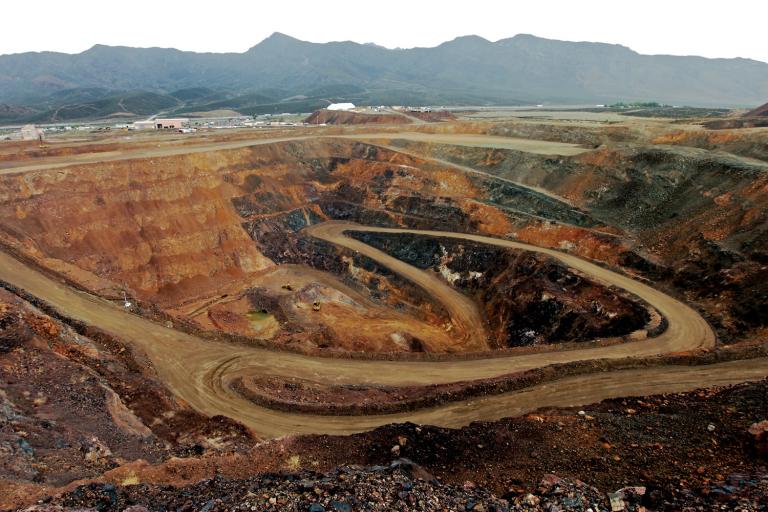
The history of Tangshan was a period marked by science and technology for productivity, indus-trialization as the core, modern industry replacing manual labor, machines substituting household workshops and manual factories. An early advocate of Westernization Li Hongzhang, modern industrial and commercial pioneer Tang Tingshu, northern industrial giant Zhou Xuexi and famous railway expert Zhan Tianyou all left their footprints in Tangshan.
A series of changes in the economic and political systems, life styles and way of thinking had great impact on today’s China and today’s prosperity. Tangshan became a point of references in the development of modern industry in China and the shift from agricultural to industrial civilization and is thus carved on 5,000 years of Chinese civilization.

